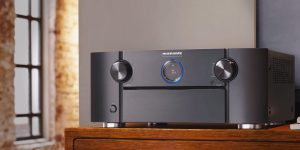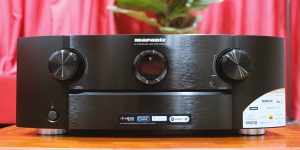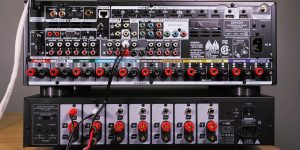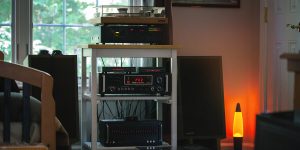Well, if you’re here, it means you’re ready to take the next step in exploring the world of vinyl. And it’s time to improve and take your own audio system to the next level. In this article, I’ll talk about the basic ways to connect your turntable to your AV receiver, so you can easily do it yourself. But in the beginning, we need to understand how the system works, don’t we? So, we need a vinyl player, a phono preamplifier, the receiver, and the speakers. And first of all, I will explain what a preamp is.
What is a phono preamp?
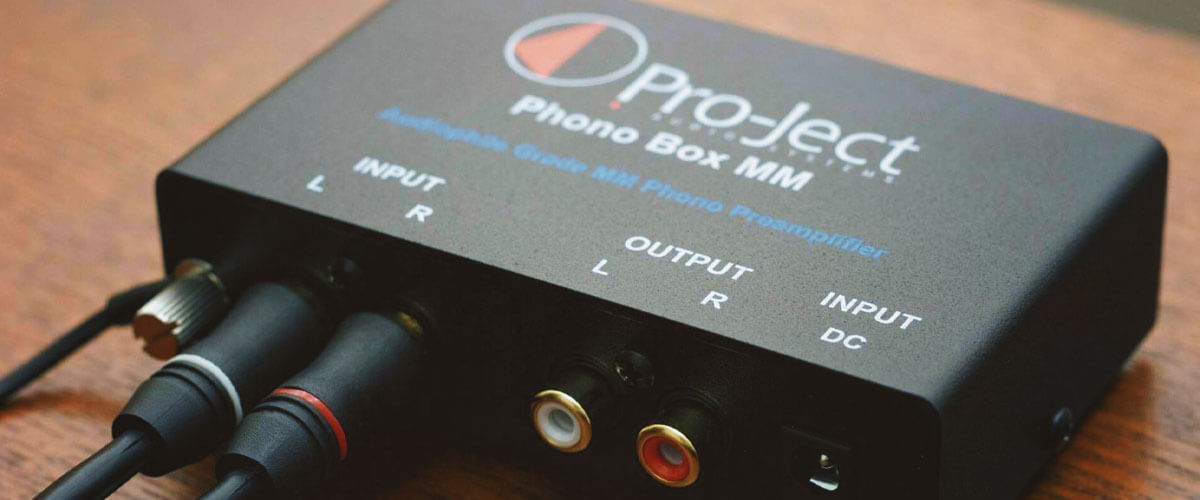
The initial sound extraction from the record player occurs when you place the needle in the record’s groove. This audio signal needs to be equalized and amplified to a level suitable for your audio system. A phono preamp, also called a phono stage, does just that.
Phono stages can be internal (built-in) or external. Below, I will tell you how to connect a turntable to a receiver, depending on the type of preamplifier.
How to hook up a turntable to a receiver?

So there are three turntable connections to the receiver: when the phono stage is built into the receiver, it is built into the record player, or you have a separate external phono preamp.
Setup 1: My receiver has a built-in preamp
The built-in preamp on the receiver is labeled PHONO, so you should have no trouble finding it. There is usually another input nearby called GND, which is ground. You only need an RCA cable to connect the vinyl player to the receiver.
Thus, you need to:
- Connect the RCA cable to the receiver’s PHONO input and the vinyl player’s corresponding input.
- Note whether there is an internal phono stage on your turntable; if so, switch it to LINE mode. Otherwise, both built-in phono preamps will do the same job, which is unnecessary.
- Next, you plug the RCA cable into the ground connector (if you have one), which helps eliminate the noise from the record player.
Setup 2: My turntable has a built-in preamp
This type of connecting turntable to the receiver is not more complicated than the previous one:
- On the turntable, switch the built-in phono preamp mode to PHONO.
- Locate the jack on the receiver labeled AUX, LINE, or ANALOG. Sometimes they even use a CD or TAPE input.
- Connect these two jacks with an RCA cable.
- Plug in power and enjoy the sound of your favorite tracks!
Setup 3: I have a separate preamp
Hooking up the record player to the receiver if you have an external preamplifier also doesn’t bode ill. Perhaps, except for more wires.
- Switch the turntable from PHONO to LINE mode if necessary.
- Connect the vinyl player’s audio cable to an external phono stage and the ground cable (if available).
- Then, use an RCA cable to connect the analog output of the phono stage to the analog input of the receiver (AUX, LINE, ANALOG).
- Connect your system to a power source. It’s done!
Advantages of an internal preamp
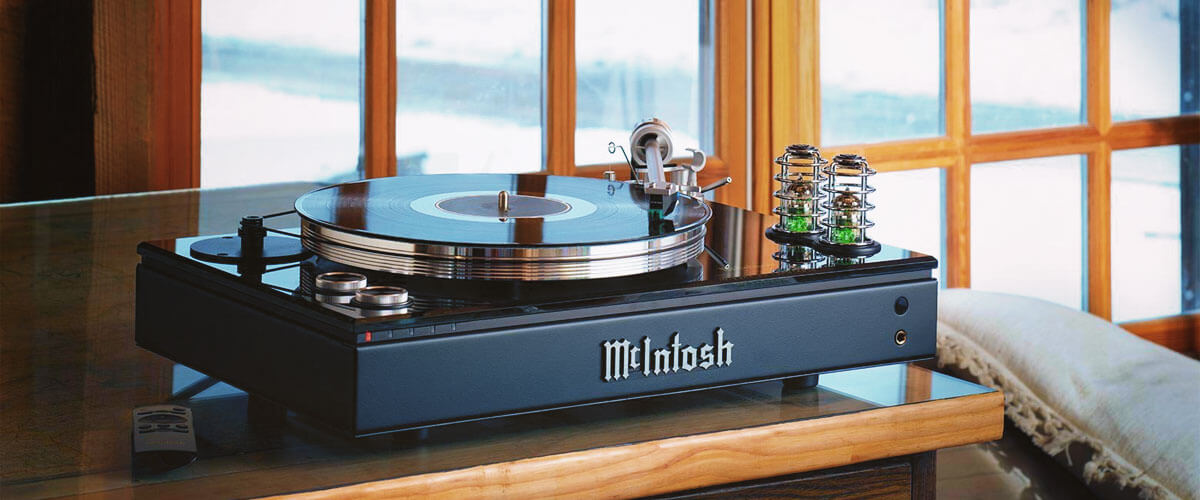
Having an internal phono preamp has several significant advantages. First of all, for those who are new to the world of vinyl. After all, in this case, you only need one RCA cable, as you may have seen from the instructions above. As a result, you won’t get tangled up when connecting to the system. You also avoid unwanted worries about how the system works; everything works by itself.
On the other hand, with this connection method, everything depends completely on the quality of the built-in preamplifier. And not all turntables are of high quality. For this reason, advanced audiophiles will always prefer an external amplifier to an internal one because they pre-select it themselves and are confident of its quality.
Advantages of an external preamp
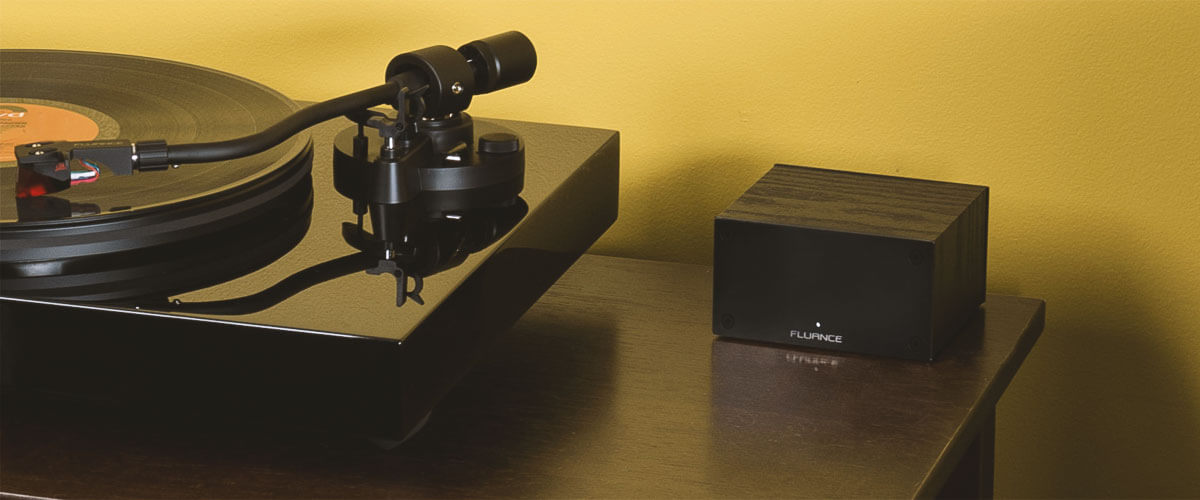
As noted above, the main advantage of an external phono stage is that you are confident in its performance. After all, the quality of sound reproduction directly depends on it. So if you are not an ordinary user for whom the turntable is more an image than the need to hear all the nuances of musical works, whether rock, jazz, or classical music, then sooner or later, you will definitely buy a separate phono stage. Yes, the connection is a bit more complicated than a built-in one, but it’s worth it. You are in complete control of the process, and you can always upgrade your system, making it even more incredible.




![Best 2-Channel Receiver [Expert Reviews and Buying Guide]](https://hometheaterology.com/wp-content/uploads/2023/11/best-2-channel-receiver-stereo-300x150.jpg)


